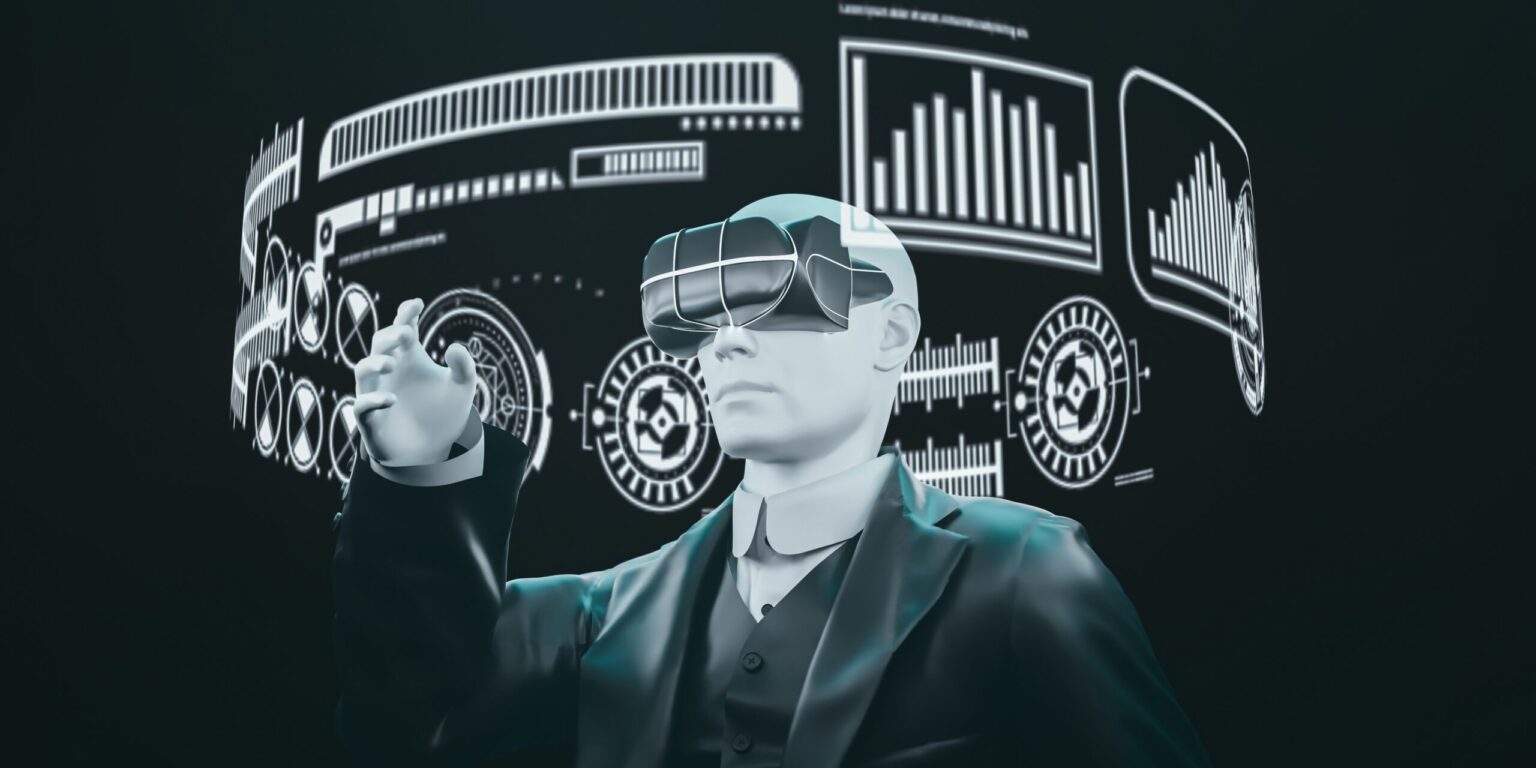Throughout 2025, the United States has accelerated its efforts to integrate artificial intelligence across consumer technology, enterprise services, and government infrastructure, signaling a pivotal shift in the nation’s innovation trajectory.
At Apple’s annual developer conference, the company introduced Metal 4, the latest version of its graphics API. This update marks a significant leap toward embedding AI capabilities directly into hardware. Metal 4 includes support for native tensor resources and machine learning encoders, enabling developers to run AI models alongside traditional graphics rendering on GPUs. These enhancements aim to streamline performance, reduce latency, and enhance features like frame interpolation, which are critical in applications such as gaming, AR/VR, and real-time simulation.
Simultaneously, OpenAI has expanded its presence in the public sector through a series of high-profile partnerships. In June, the U.S. Department of Defense awarded the company a $200 million contract to prototype AI tools for use in national security, administrative automation, and military healthcare. This one-year pilot represents OpenAI’s first formal defense partnership and builds upon its earlier collaborations with federal agencies such as NASA, NIH, and the U.S. Air Force.
Read Also: https://mensinsider.com/outdoor-brands-collaborate-to-launch-national-park-cleanup-campaign/
The partnership underscores a growing commitment to integrate frontier AI into public infrastructure. OpenAI’s newly launched “OpenAI for Government” initiative seeks to create secure, purpose-built AI solutions for federal, state, and local agencies. Its work with national laboratories, including Los Alamos, reflects a broader movement among tech firms to align with national goals around security, science, and modernization.
These developments point to a unified national push to embed AI into everyday life and essential services. On the consumer front, Apple is ensuring that AI becomes a standard part of its devices’ performance stack. Meanwhile, OpenAI’s work in the public sector illustrates how AI is being used to reimagine workflows, enhance decision-making, and increase efficiency across government systems.
Despite this rapid adoption, the integration of AI has surfaced major challenges related to data security, algorithmic transparency, and ethical use. As AI becomes embedded in more sensitive systems—ranging from consumer devices to military infrastructure—concerns have grown around privacy, oversight, and potential misuse. OpenAI, once opposed to military applications of its technology, updated its policies in 2024 to permit defense usage under strict ethical guidelines. Officials have emphasized that all government partnerships must adhere to rigorous standards for responsible deployment.
Looking ahead, Apple is expected to continue advancing Metal and its broader AI framework, allowing third-party developers to build more intelligent apps powered by on-device learning. In parallel, OpenAI may broaden its governmental reach, potentially including more departments and regional governments, building on its successful pilot programs.
The events of 2025 illustrate a clear trajectory for U.S. innovation policy: embedding artificial intelligence as a foundational layer across both consumer technology and public administration. As these systems become more intelligent and interconnected, the nation’s focus will increasingly shift toward maintaining cybersecurity, ensuring transparency, and upholding ethical accountability.
